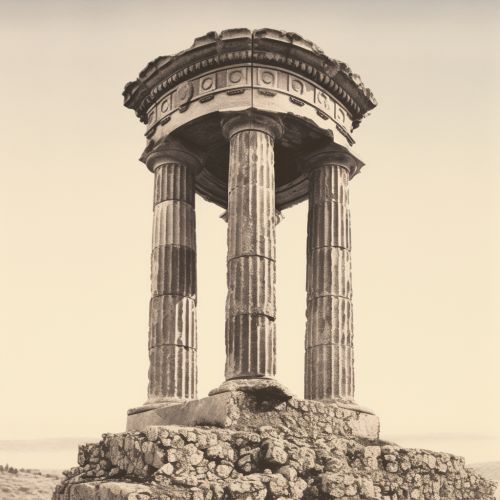Doric order
Introduction
The Doric order is one of the three orders of ancient Greek or classical architecture. The other two orders are the Ionic and the Corinthian. The Doric order is the simplest and most massive of the Greek orders. It was the first to be developed and is considered the most important and influential in Western architecture.


Origins and Development
The Doric order originated in the western Dorian region of Greece in about the 6th century BC. It was developed by the Dorian Greeks, who were one of the four major ethnic groups of ancient Greece. The Doric order was used in mainland Greece and the colonies in southern Italy and Sicily.
Characteristics
The Doric order is characterized by its sturdy and simple construction. The columns are fluted and have no base. They are topped by a smooth capital that flares from the column to meet a square abacus at the intersection with the horizontal beam that they carried. The entablature of the Doric order consists of a plain architrave, a frieze with metopes and triglyphs, and a cornice.
Examples
Some of the most famous examples of the Doric order include the Parthenon in Athens, the Temple of Hera in Olympia, and the Temple of Aphaia in Aegina.
Influence
The Doric order has had a significant influence on Western architecture. It was widely used in Roman architecture and was revived during the Renaissance. Today, it continues to be used in modern architecture.
